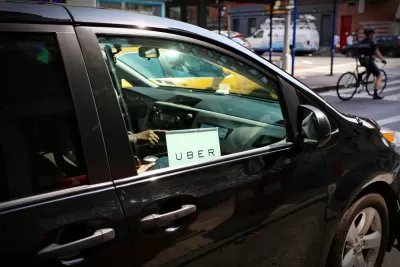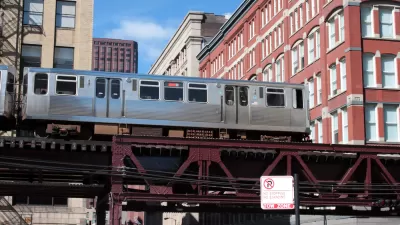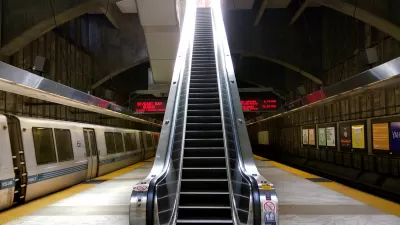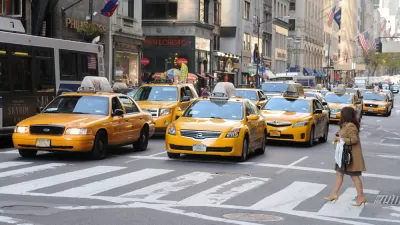Uber and Lyft say they want to improve public transit, but the focus on profit could have serious consequences.

E. Tammy Kim writes about the move by ride-hailing companies into the public transportation sector:
Uber and Lyft have been clear about their intentions. At Uber’s apex of candor, in documents filed with the Securities and Exchange Commission, it identifies a "massive market opportunity" in the estimated 4.4 trillion miles traveled by people on public transit in 175 countries in 2017.
Ride-hailing services can supplement transit and help with the "first mile/last mile problem" of getting riders to and from stations and stops, and the companies see public transit as part of their potential business growth. But the long-term outcomes could pose problems, says Kim.
Uber and Lyft have been seeking out public-private partnerships with transit systems in cities such as Denver. The arrangements have often been advantageous for them because the discounted trips are subsidized by public money and drivers remain independent contractors without public-sector employee protections or benefits.
And the financial motives of Uber and Lyft often do not always align with the goals of transit as a public service. Ride-hailing fares in general are cheaper than they should be, argues Kim, and this siphons off riders from transit while the additional vehicle miles lead to an increase in congestion and pollution.
In addition, notes Kim, Uber and Lyft are not held accountable to the public the way public agencies are. "Nor are they required to serve low-income neighborhoods or cater to the elderly, non-English speakers or people with disabilities."
FULL STORY: How Uber Hopes to Profit From Public Transit

Maui's Vacation Rental Debate Turns Ugly
Verbal attacks, misinformation campaigns and fistfights plague a high-stakes debate to convert thousands of vacation rentals into long-term housing.

Planetizen Federal Action Tracker
A weekly monitor of how Trump’s orders and actions are impacting planners and planning in America.

In Urban Planning, AI Prompting Could be the New Design Thinking
Creativity has long been key to great urban design. What if we see AI as our new creative partner?

Pedestrian Deaths Drop, Remain Twice as High as in 2009
Fatalities declined by 4 percent in 2024, but the U.S. is still nowhere close to ‘Vision Zero.’

King County Supportive Housing Program Offers Hope for Unhoused Residents
The county is taking a ‘Housing First’ approach that prioritizes getting people into housing, then offering wraparound supportive services.

Researchers Use AI to Get Clearer Picture of US Housing
Analysts are using artificial intelligence to supercharge their research by allowing them to comb through data faster. Though these AI tools can be error prone, they save time and housing researchers are optimistic about the future.
Urban Design for Planners 1: Software Tools
This six-course series explores essential urban design concepts using open source software and equips planners with the tools they need to participate fully in the urban design process.
Planning for Universal Design
Learn the tools for implementing Universal Design in planning regulations.
planning NEXT
Appalachian Highlands Housing Partners
Mpact (founded as Rail~Volution)
City of Camden Redevelopment Agency
City of Astoria
City of Portland
City of Laramie





























